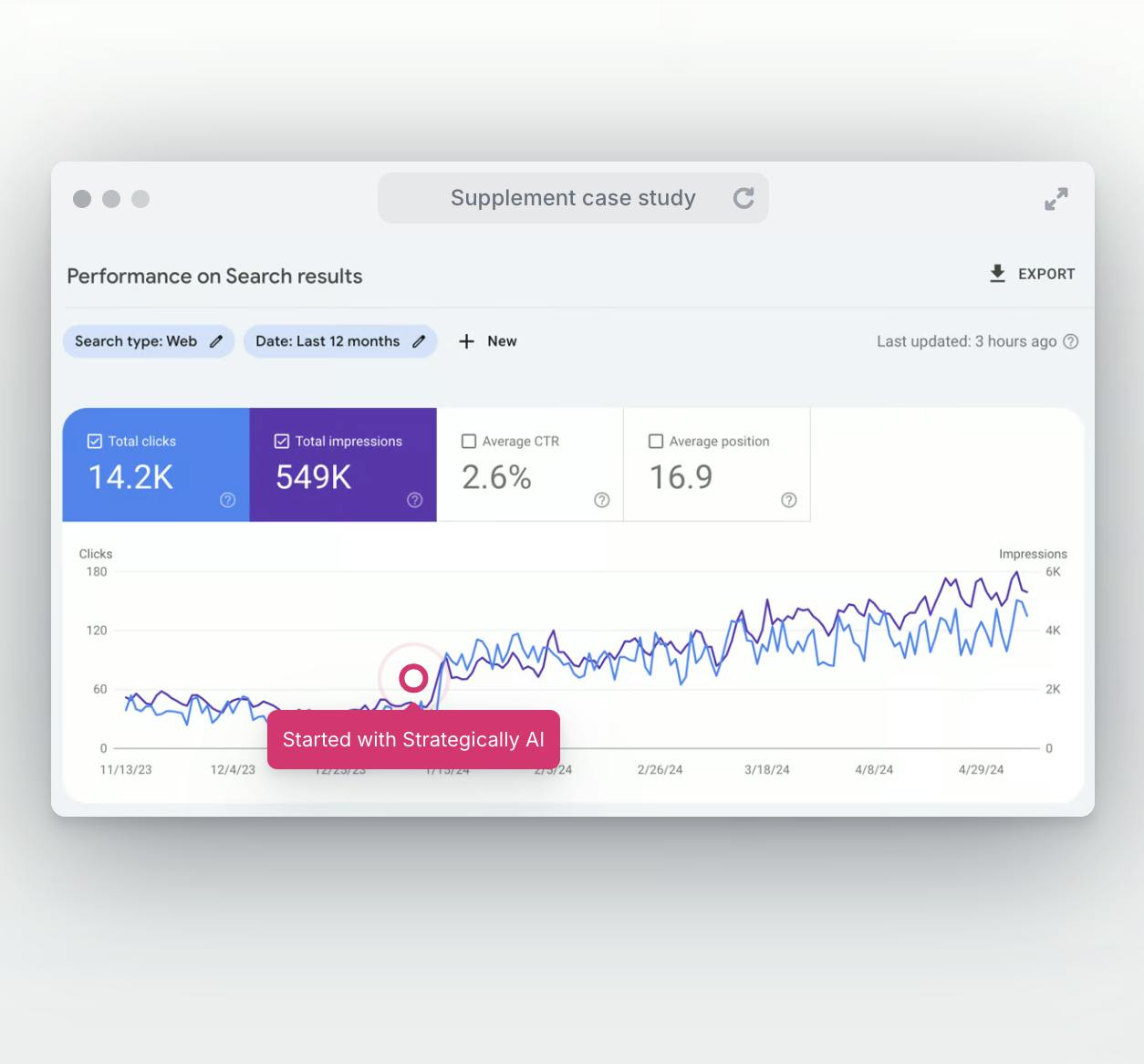In the English language, the subtle distinctions between similar-sounding words can often lead to confusion. One such pair of words that frequently perplex writers is "to" and "too." In this article, we'll delve into the nuances of these terms, offering clarity on their usage and differences.
Understanding "To"
"To" is a versatile word with multiple functions in English grammar. It primarily serves as a preposition, indicating direction, movement, or intention.
Examples:
- Direction: She walked to the park.
- Movement: He drove to the store.
- Intention: I plan to visit next week.
In each of these examples, "to" indicates either a destination, a target for movement, or a purpose.
Exploring "Too"
On the other hand, "too" functions as an adverb, conveying the idea of excess or addition. It is synonymous with "also" or "as well."
Examples:
- Excess: The soup is too hot to eat.
- Addition: She wants to come too.
In these sentences, "too" emphasizes either an excessive quality or the inclusion of an additional element.
Differentiating Between "To" and "Too" in Context
Understanding when to use "to" and "too" requires context and careful consideration of their functions within a sentence.
Context 1: Direction vs. Excess
- Direction: He walked to the store.
- Excess: The cake was too sweet.
In the first sentence, "to" indicates movement towards a destination, while in the second, "too" emphasizes the excessive sweetness of the cake.
Context 2: Intention vs. Addition
- Intention: She plans to travel next month.
- Addition: He wants to join the party too.
Here, "to" signifies a planned action, whereas "too" denotes the desire to participate additionally.
Addressing Common Questions and Concerns
Concern: Can "to" and "too" be used interchangeably?
- No, "to" and "too" serve distinct grammatical functions and convey different meanings. Confusing them can lead to ambiguity in communication.
Concern: How do I remember when to use "to" or "too"?
- A helpful tip is to associate "to" with direction or intention, while "too" indicates excess or addition.
Conclusion
By understanding the nuances of "to" and "too," you can enhance the clarity and precision of your writing. Whether indicating direction, intention, excess, or addition, these words play essential roles in conveying meaning effectively.
Enhance your writing with our expert content writing agency, offering tailored services, SEO content, unlimited revisions, and more!
Frequently Asked Questions
Can "to" and "too" be used interchangeably?
No, "to" and "too" serve distinct grammatical functions and convey different meanings. Confusing them can lead to ambiguity in communication.
How do I remember when to use "to" or "too"?
A helpful tip is to associate "to" with direction or intention, while "too" indicates excess or addition.
What is the difference between "to" and "too"?
"To" is a preposition indicating direction, movement, or intention, while "too" is an adverb conveying excess or addition.
Can "too" be used to emphasize a positive quality?
Yes, "too" can be used to emphasize positive qualities or desirable actions, indicating an additional or inclusive aspect.
Are there any mnemonic devices to remember the difference between "to" and "too"?
One mnemonic is to remember that "too" has an extra 'o,' emphasizing excess or addition, while "to" is shorter and typically indicates direction or intention.








